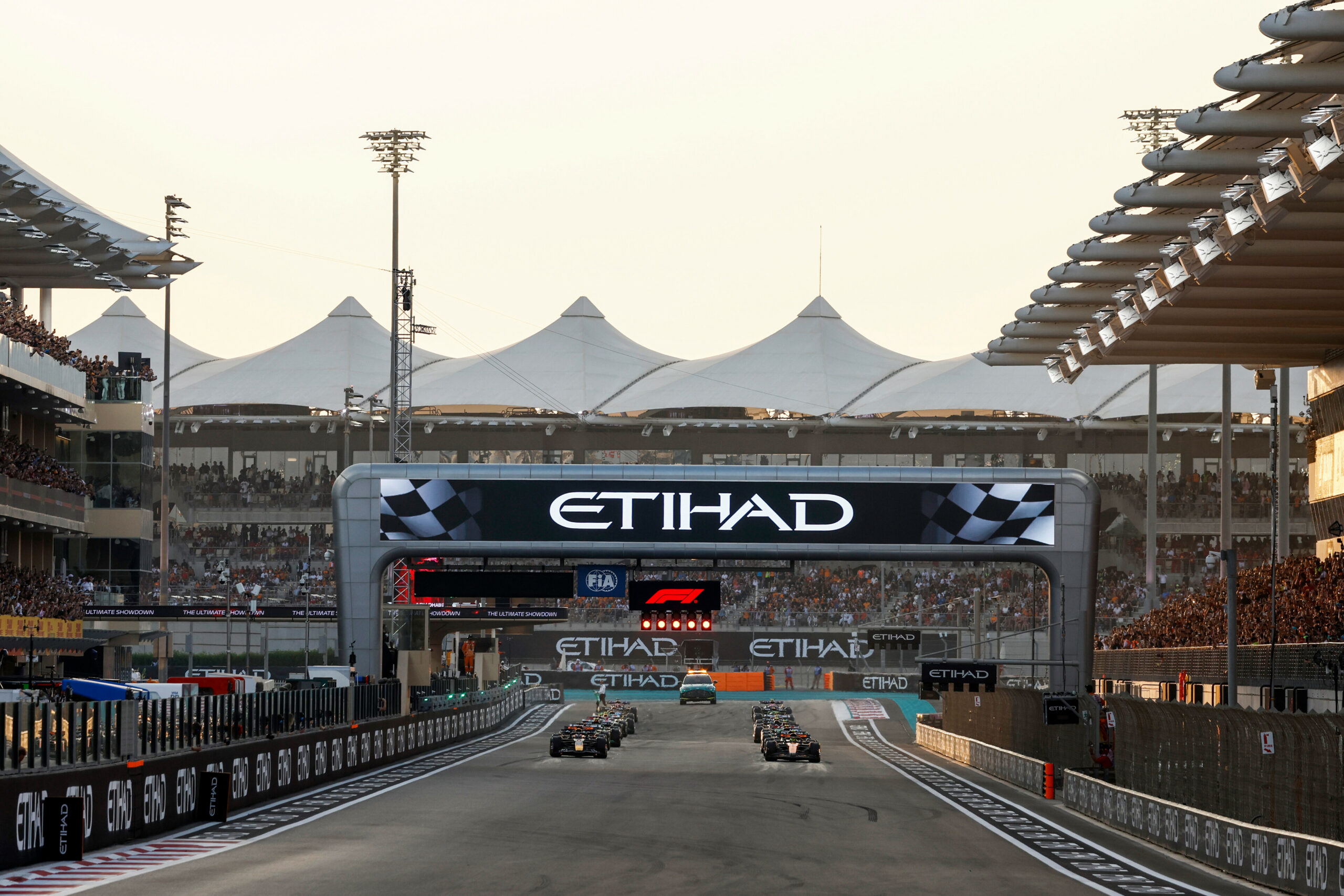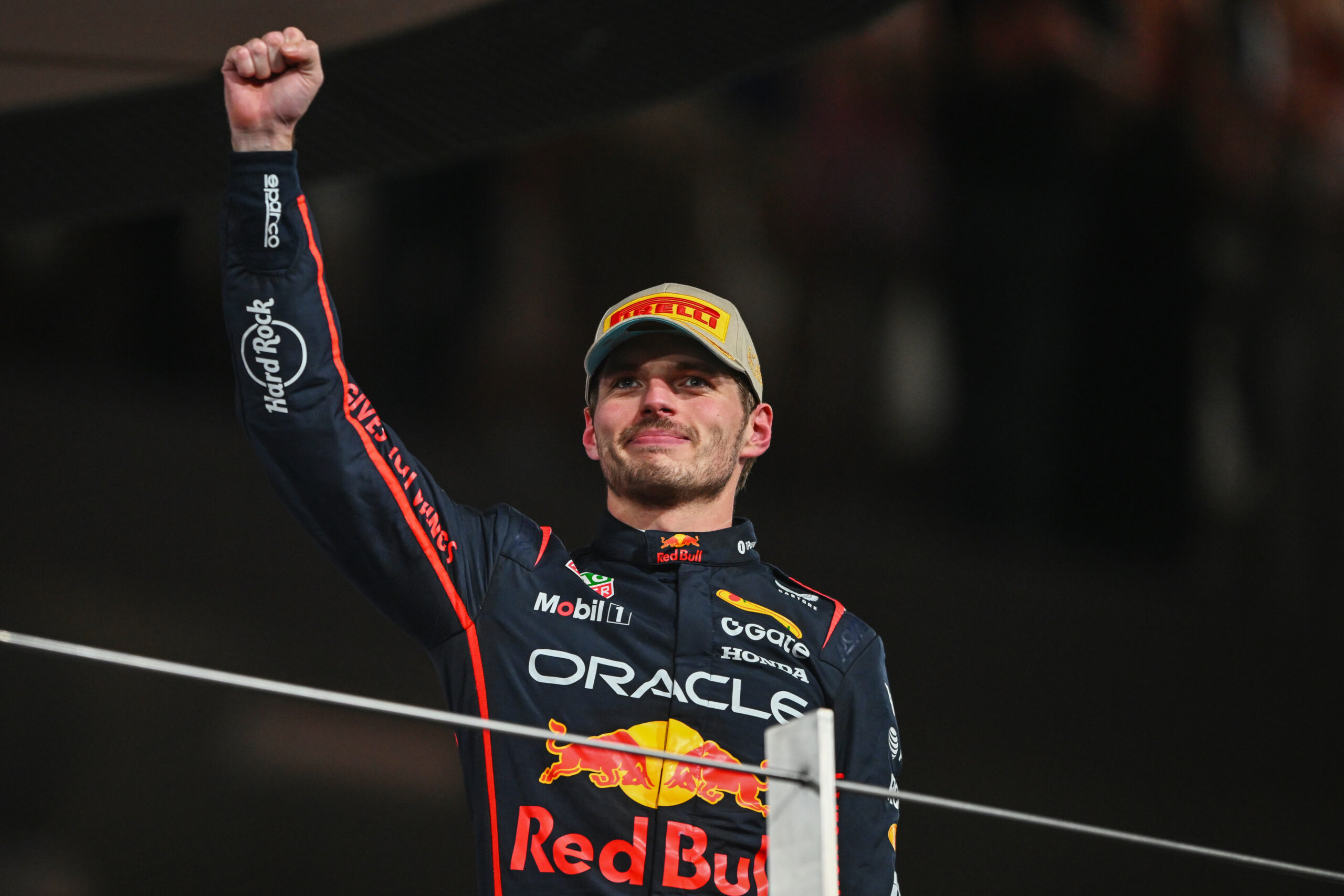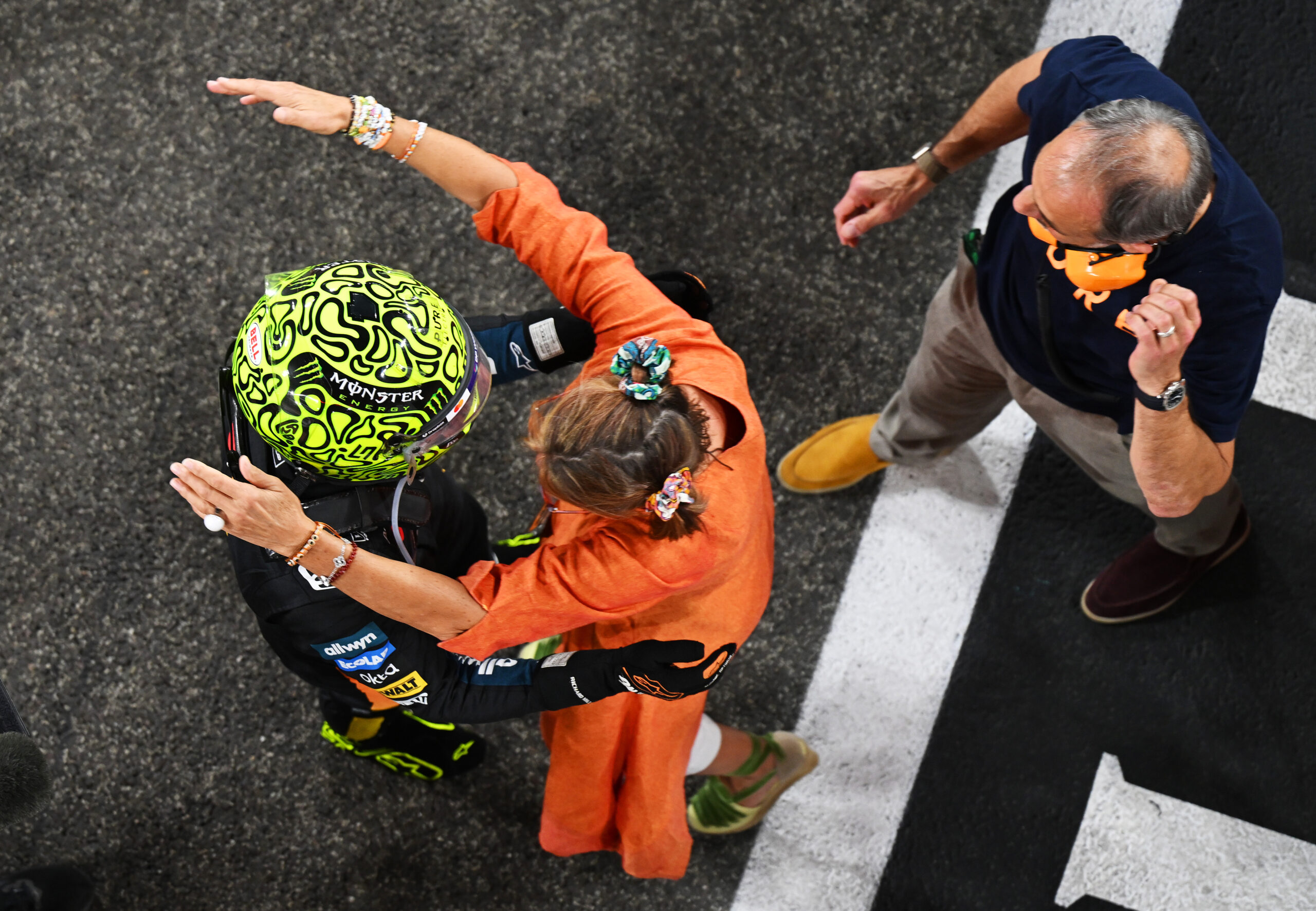The rules enforced by the FIA have been at the center of heated debates for a long time, regarding the possibility of deflecting loopholes within the regulations, thus gaining an indisputable advantage.
On the verge of the Singapore GP, at the beloved Marina Bay Street Circuit, the FIA took action with a new Technical Directive.
Remarking on the need for clarity toward the teams, in the regulations and it’s application, a new directive was introduced aimed at specific bodywork design details on the front and rear wings.
Tim Goss, FIA Single Seater Technical Director, explained:
“There are a lot of clever engineers out there looking to get the most out of the regulations and we have to make sure that everyone has a common understanding of where the boundaries are and we have to be fair and balanced across the whole group in how we apply them.”
“And in recent times we have seen a little bit too much freedom being applied to the design details of aerodynamic components.”
There have been cases where the Aerodynamic Component Flexibility requirements – dictated by Article 3.15 – have been met, but not those related to the Article 3.2.2, because they “exploit regions of purposely designed localised compliance and/or relative motion between adjacent components.”
This was no surprise to the teams, who had already been sent a draft of TD018.
“With matters such as this we issue the TD in draft form. We’ve been speaking to some teams for several weeks where we believed there was a need for clarity, and then issued our proposal to all teams asking for feedback by the 29th of August. We then spoke again in Monza, about design details, where teams were asking us about examples. It’s just a matter of fairness to everyone, making sure we all have that common understanding, and that everyone knows how we are going to operate from a given date.”

Photo Credit Mercedes-AMG Petronas F1 Team
The Technical Director went on to explain more about it.
“For us, the important bit of Article 3.2.2 is that ‘all aerodynamic components or bodywork, influencing the car’s aerodynamic performance must be rigidly secured and immobile with respect to their frame of reference and that they must make use a uniform, solid, hard, continuous surface under all circumstances’.”
“Now, quite clearly things cannot be totally rigid. So, we have a range of load deflection tests that define how much elements can bend and we’ve evolved those tests to represent what the teams are trying to achieve on track and to put a sensible limit on them. We play by those rules, while teams look to exploit the allowance in terms of deflection. That’s normal. So the TD is just about making sure that we, the FIA, and the teams, all have a common understanding of where we will draw the line in terms of these design details.“
To emphasise the need to comply with the limits, limiting the possibility to deflect the regulations, teams will have to deliver multiple structural drawings.
“Teams have to submit designs at the moment, they upload lots of information but now they will have to upload structural connections and that in itself helps to self-police it.”
As of today, therefore, according to Goss, the TD018 allows for the adjustment of the point at which “regardless of conformity with the load tests defined in Article 3.15 [the FIA] would consider any design which uses the relative motion between adjacent components of mechanisms in order to maximise aerodynamic deformation to be in breach of Article 3.2.2.”
Goss finally added in the matter:
“What we don’t want to see, as an example, is that the joint of a rear beam wing and an end plate is decoupled in any way such that it rotates about a pivot there, or that it can move laterally or up and down.”
“It’s not that we’ve seen any one particular car or feature that we’ve targeted, or an element that’s been common across the whole grid. This is about where front and rear wing elements join the nose, join the rear impact structure, join the rear wing endplates. And there have been several instances where teams have tried to make the most of the deflection allowance by permitting some bits and pieces to start moving relative to each other. And if you’ve allowed one piece to be decoupled relative to another, the bodywork might have to have some degree of local flexibility at that location. And if there is local flexibility, we’re saying, clearly, that’s not compliant with being uniform, solid, hard and continuous. Under the TD, we have included various examples, designs which we consider are not permitted and exceptions which we consider are permitted.
“This Technical Directive is an example of where ourselves and the teams work together to try and make sure that we have a common understanding and it is a huge positive. It’s not simple, but if we can evolve that understanding in a sensible, considered way then I think we’re going in the right direction.”




